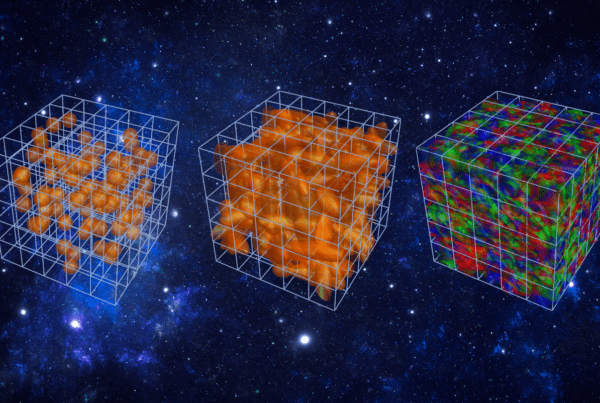Is it possible to have a carbon-neutral Super Bowl? When National Football League Environmental Program Coordinator Jack Groh wanted to find out, he called Oak Ridge National Laboratory. There, he teamed up with Corporate Fellow David L. Greene and recently retired senior research engineer John Tomlinson, both of the Engineering Science and Technology Division, to calculate how much carbon the sporting event is responsible for.
Lighting and heating the venue, NFL-organized fan events including exhibits, interviews, and games, and NFL-arranged transportation, such as buses and limos, to and from the University of Phoenix Stadium—all are activities that generate carbon. The carbon comes from fossil fuels burned to generate electricity and operate motor vehicles. The scientists concluded Super Bowl XLII would be responsible for the emission of about a million pounds of carbon.
Charged with evaluating environmental impacts of NFL events and developing cost-effective solutions to address them, Groh then worked with Princeton University to come up with a carbon mitigation strategy that included buying green energy from utilities, using biofuels when available, and planting trees to take up carbon when the other methods fell short.
NBC Nightly News came to ORNL on Jan. 28 to cover the story, speaking with Barry Berven at the lab’s greenhouse about using trees to sequester carbon and interviewing Greene in the lab’s library and at the National Center for Computational Sciences’ EVEREST Powerwall, a 30-foot-wide, 8-foot-tall tiled display that can show 35 million pixels of information.
Using data provided by Eddie Bright of ORNL’s Geographic Information Science & Technology group, visualization expert Sean Ahern fired up EVEREST, which stands for “Exploratory Visualization Environment for Research in Science and Technology,” to display nighttime illumination in the Phoenix area and population distributions around the country associated with the Super Bowl’s carbon footprint. EVEREST normally displays data from the nation’s top scientists exploring grand challenges in physics, biology, chemistry, astronomy, and beyond.
“What’s interesting here is that the NFL took the initiative on its own to do this,” Greene said. “No one’s forcing them to do this. It’s a statement about environmental responsibility.”
Carbon’s role in the world’s climate is a key research focus of ORNL’ National Center for Computational Sciences, or NCCS, which hosts one of the nation’s most powerful computers for open science research and where simulations are pushing the boundaries of Earth system modeling. More than 15 percent of the NCCS’s computer resources will be dedicated to climate studies this year.
The NBC video is available for viewing on their website here.





